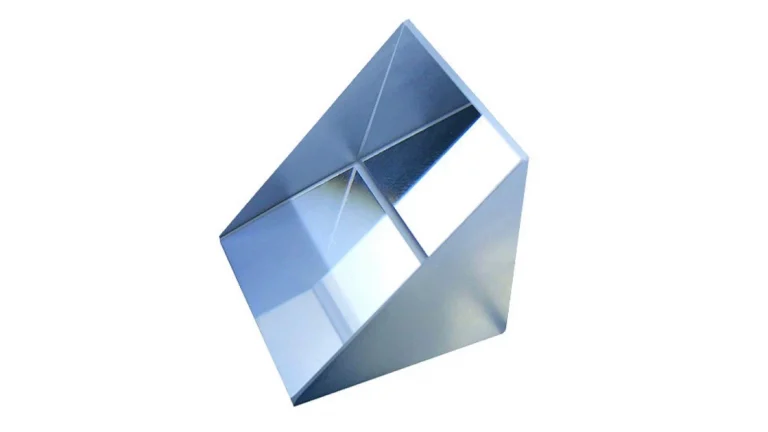Can Right-Angle Prisms Be Used for Total Internal Reflection?
Right-angle prisms are fascinating optical devices that have numerous applications in various fields. They are widely known for their ability to reflect light at a 90-degree angle due to their unique geometry. One intriguing question that arises is whether right-angle prisms can be utilized for total internal reflection, a phenomenon that plays a crucial role in many optical systems. In this blog, we will explore the concept of total internal reflection and discuss the potential of right-angle prisms in achieving this phenomenon.
Understanding Total Internal Reflection:
Before delving into the specific characteristics of right-angle prisms, let’s establish a clear understanding of total internal reflection. Total internal reflection occurs when light passes from a medium with a higher refractive index to a medium with a lower refractive index, and the incident angle exceeds the critical angle. Instead of bending, the light is reflected back inside the higher refractive index medium, creating a complete reflection. This phenomenon has significant implications in optical fibers, prisms, lenses, and other optical devices.
Critical Angle and Total Internal Reflection:
The critical angle is a fundamental concept related to total internal reflection. It is the angle of incidence at which the refracted ray of light travels along the boundary between two media. Beyond this critical angle, total internal reflection occurs. The critical angle can be calculated using Snell’s law and the refractive indices of the two media involved. For example, when light travels from a denser medium (higher refractive index) to a less dense medium (lower refractive index), the critical angle can be determined by taking the inverse sine of the ratio of the two refractive indices.
Right-Angle Prisms and Total Internal Reflection:
Now, let’s explore the potential of right-angle prisms in achieving total internal reflection. A right-angle prism consists of two perpendicular surfaces, one of which is a 45-degree angle surface. When light enters a right-angle prism, it typically undergoes two reflections: one at the 45-degree surface and another at the hypotenuse surface. These reflections can cause the light to change direction or path, depending on the angle of incidence and the refractive indices involved.
To achieve total internal reflection with a right-angle prism, certain conditions must be met. Firstly, the light must enter the prism at an angle greater than the critical angle for the specific material of the prism. This ensures that the incident angle exceeds the threshold necessary for total internal reflection to occur. Secondly, the refractive index of the prism material must be higher than the surrounding medium to maintain the necessary conditions for total internal reflection.
Applications of Right-Angle Prisms in Total Internal Reflection:
Right-angle prisms find applications in various optical systems where total internal reflection is desirable. One common application is in periscopes, which use two right-angle prisms to redirect light by multiple reflections, allowing users to see around obstacles. The critical angle and total internal reflection ensure that the light is confined within the prisms, maintaining the integrity of the periscope’s functionality.
Another application is in optical fibers. Optical fibers consist of a core surrounded by a cladding material, both having different refractive indices. The core material is chosen to have a higher refractive index, while the cladding material has a lower refractive index. When light enters the core at a shallow angle, it undergoes total internal reflection and travels along the fiber, carrying optical signals for communication purposes.
Conclusion:
Right-angle prisms can indeed be used to achieve total internal reflection under specific conditions. By understanding the critical angle and the refractive indices involved, the incident angle of light entering a right-angle prism can be optimized to exceed the critical angle, resulting in total internal reflection. This characteristic makes right-angle prisms valuable in optical systems where total internal reflection is necessary to redirect or confine light. Applications such as periscopes and optical fibers demonstrate the practicality of right-angle prisms in achieving total internal reflection.
It is worth noting that the choice of prism material is crucial for successful total internal reflection. Different materials have different refractive indices, which directly impact the critical angle. Prisms made of materials with higher refractive indices are more suitable for achieving total internal reflection. Common materials used for right-angle prisms include glass, such as BK7 or fused silica, and various types of optical crystals like quartz, sapphire, or calcium fluoride.








